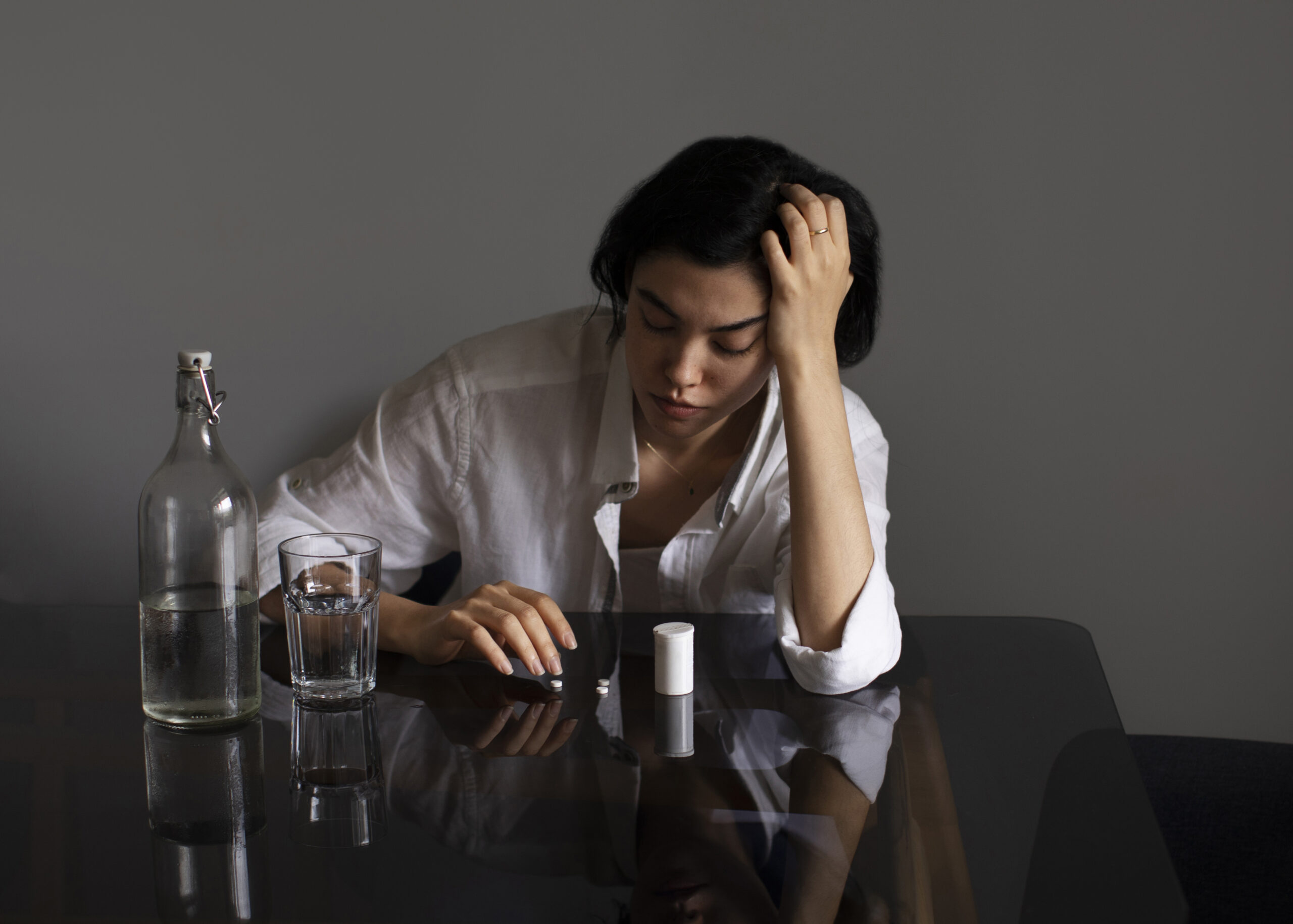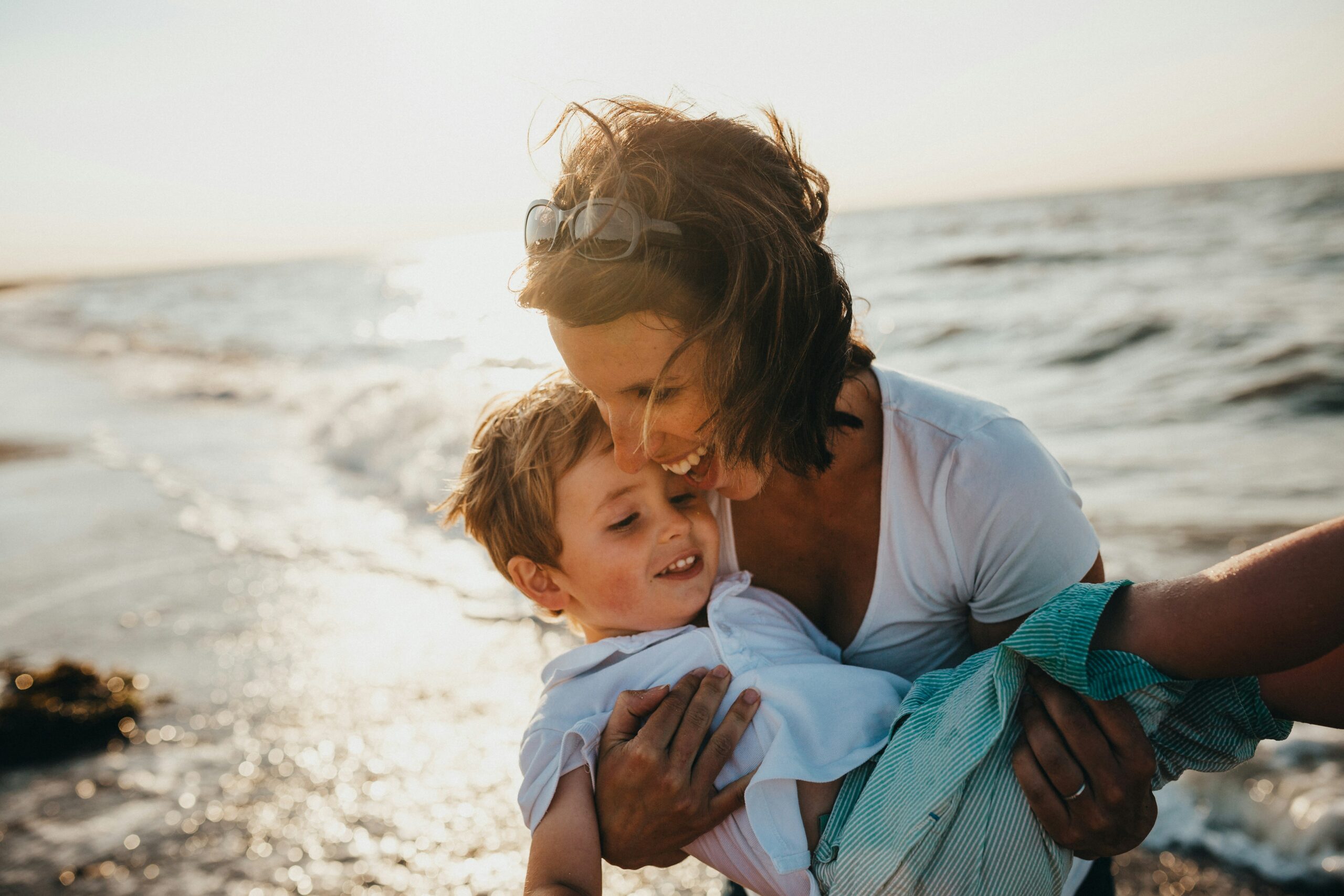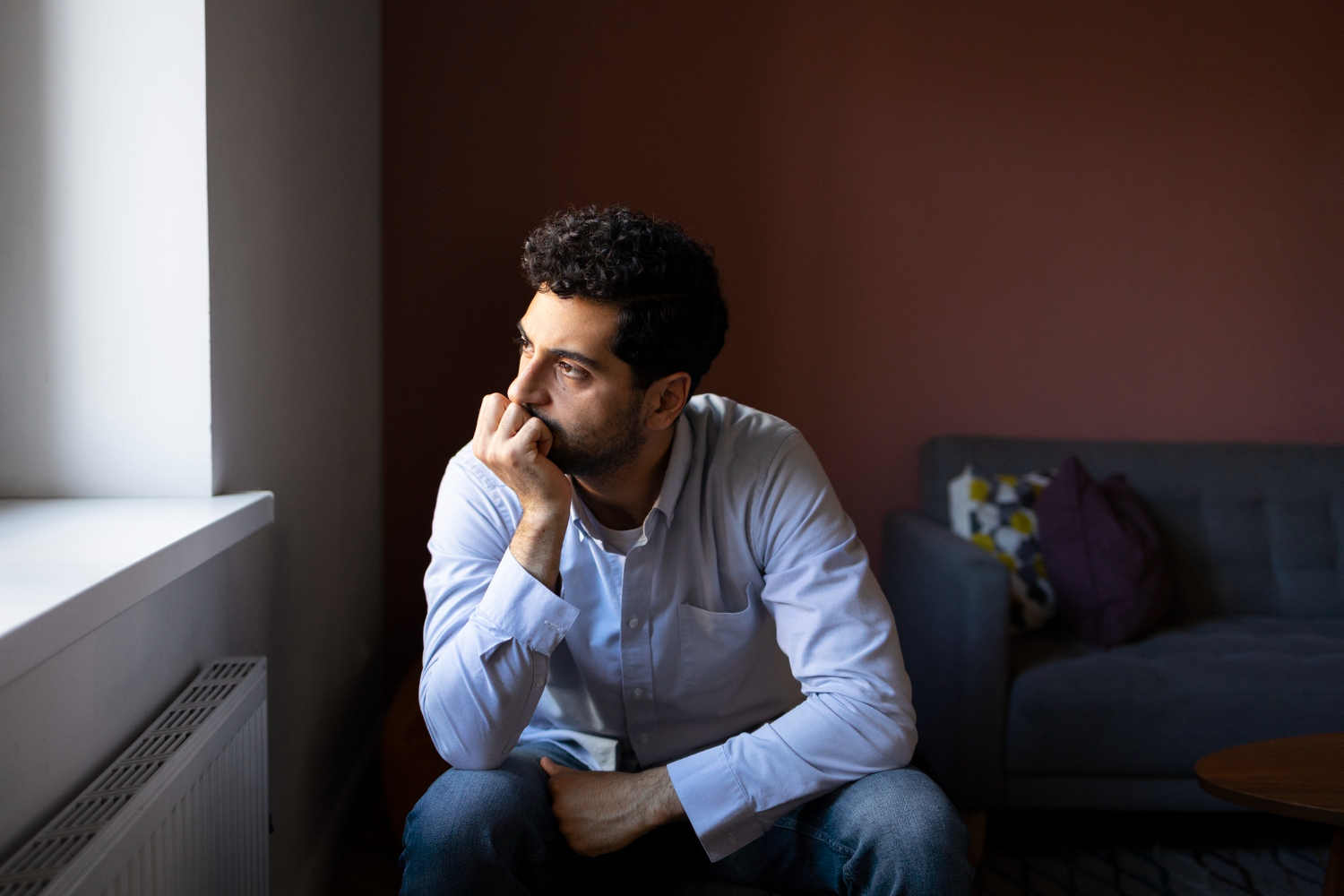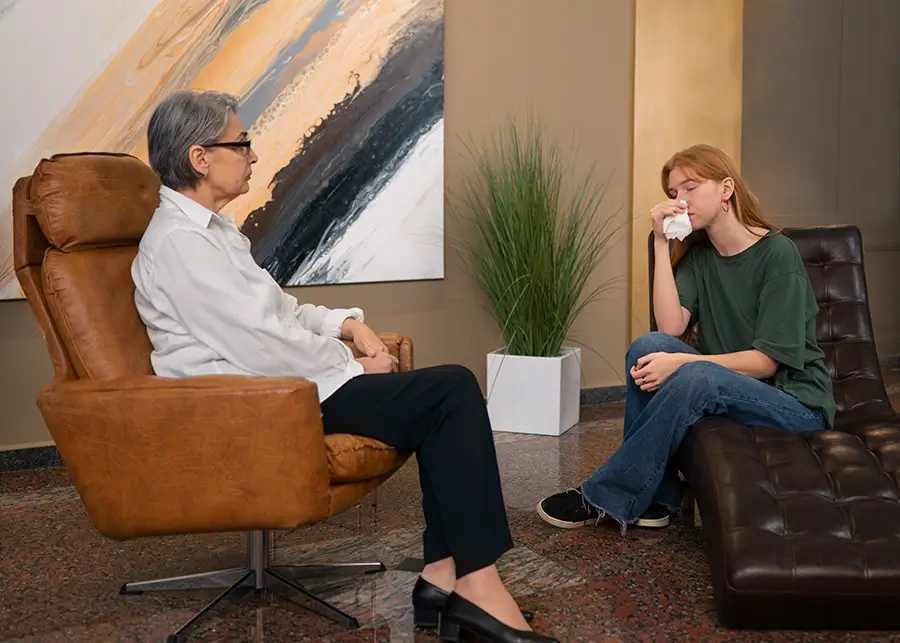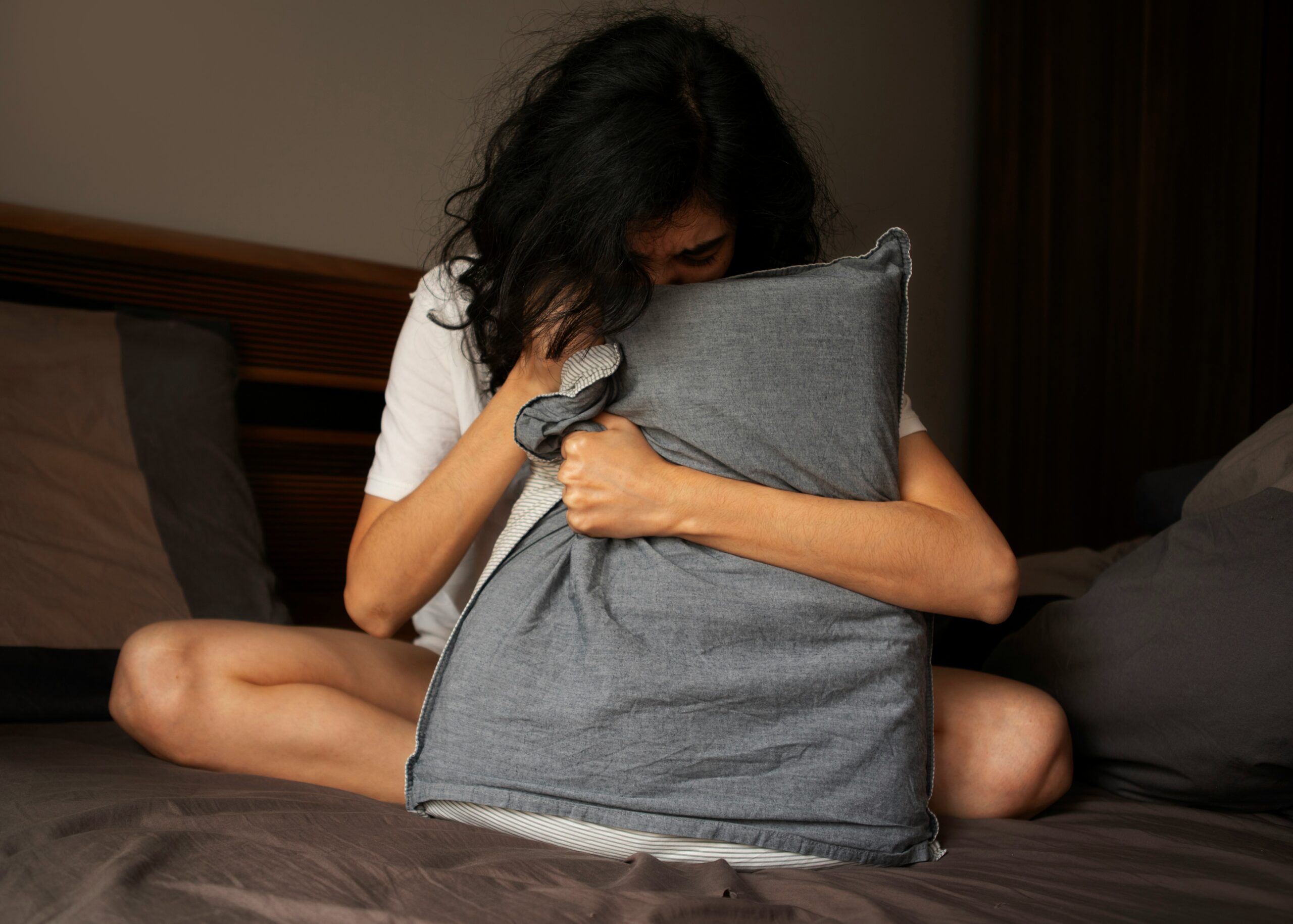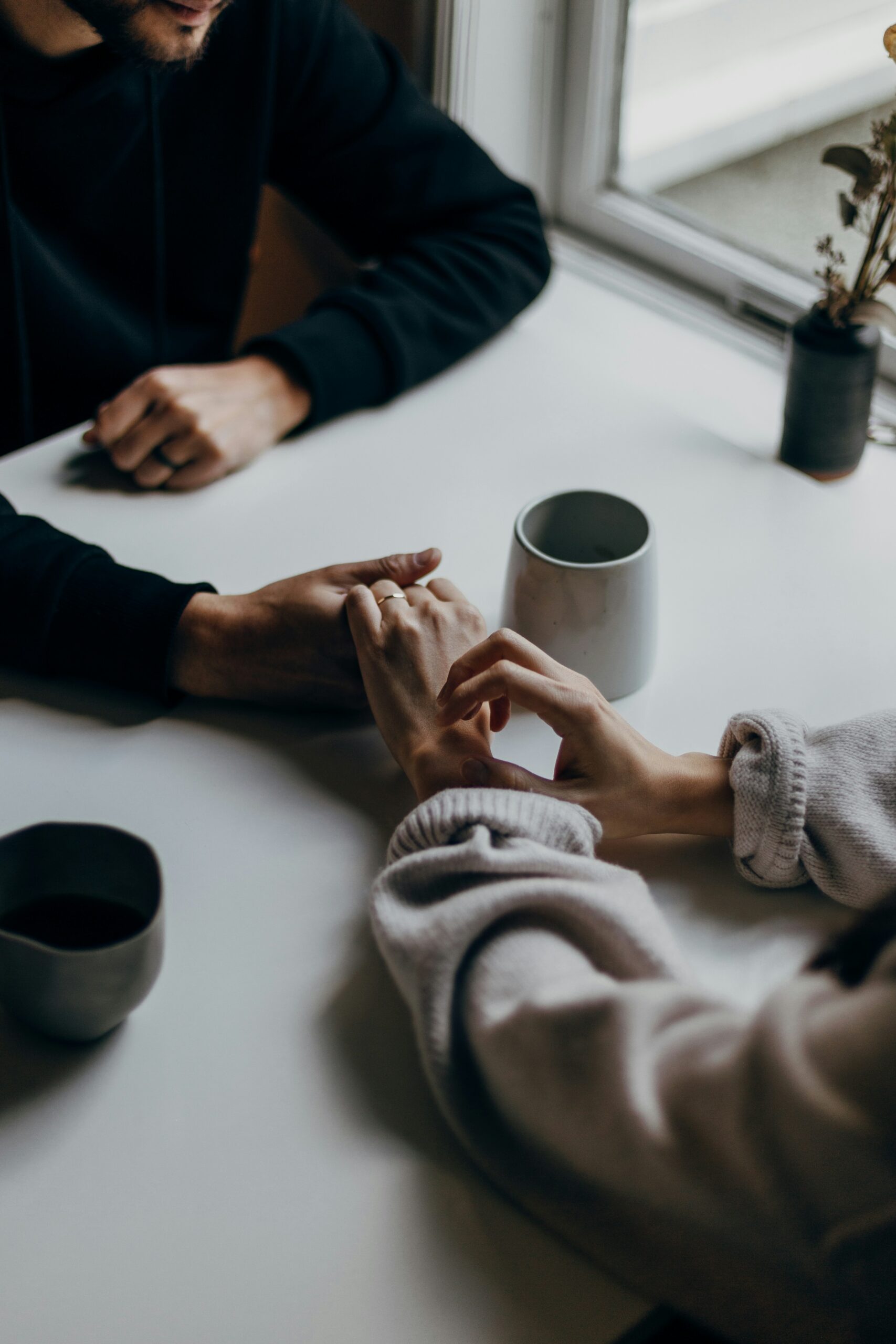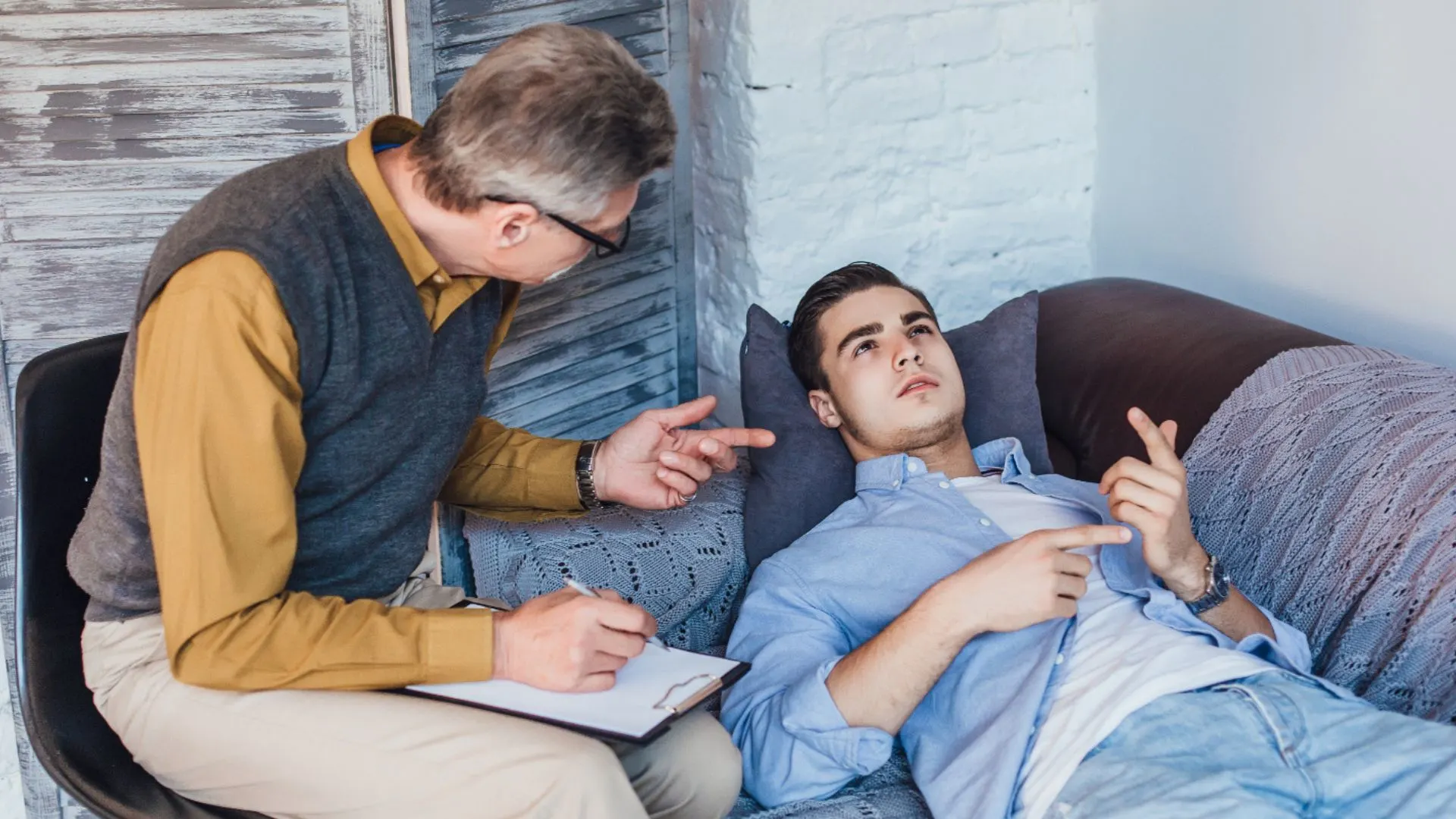Your Ultimate Guide that Answers the Age-Old Question: Does Yoga Help with Anxiety?
Do you often dream of living a stress-free life? Do you want to enjoy experiencing the little things in life? Little things like basking in the glory of the early morning sun, smelling the sweet fragrance of early spring flowers, and taking the first bite of seasonal fruits?
However, many of us have drifted away from Mother Nature and are caught up in the rat race to acquire the fattest paycheck or get into a top college. All this has created a negative impact on our mental health. Instead of being secure in our position in life, we often experience anxiety related to work, relationships, or studies.
How many of us have felt that familiar sinking feeling where we despair over the past and worry about the future? Have you ever felt your heartbeat increasing along with palpitations where thinking straight becomes impossible? Do you ever wonder does yoga helps with anxiety? What if we tell you we have the answers to all your doubts in this blog? Yes, you read that right! This blog has compiled a list of ways yoga for anxiety can be helpful. Read on to find out more!
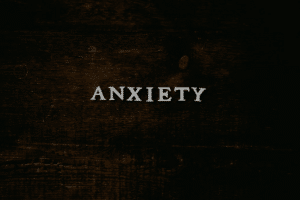
What is Anxiety?
Before we dive into understanding what anxiety is, it is crucial to understand that everyone has felt anxiety at some point in their lives. Anxiety is a part and parcel of our lives. However, it becomes a trouble when anxiety starts hampering our day-to-day functions.
In simple words, anxiety can be explained as a feeling of worry and stress that does not go away on its own. In worse cases, this feeling can worsen over time and even hamper individuals’ daily functioning.
A study suggests that, more often than not, youngsters between the ages of 18 and 24 are most prone to anxiety symptoms. Coincidentally, youngsters between these ages are the ones who often wonder does yoga helps with anxiety. The simple answer to this age-old question is yes! Yoga for anxiety promotes stress management with the help of deep breathing and relaxation techniques that can be a boon for people with anxiety.
We understand you are here to find an answer to the question: Does Yoga help with anxiety? And we promise you that by the end of this blog, you will be confident enough to answer this question yourself. But before we dive deeper into the subject, let us learn more about anxiety and it’s causes.
What are the Causes of Anxiety?

Anxiety or anxiety disorder is a condition that affects the mental health of an individual. Numerous factors can cause it. Lack of movement and a lousy lifestyle was the primary cause of anxiety in as many as 310 million people in the year 2019. Here is a rundown of the most common factors that cause anxiety.
1. Lack of Physical Activity or Mobility
If you have a sedentary lifestyle, you are more prone to get anxious. Let us break it down for you. People who exercise regularly or incorporate some form of movement in their daily routine are less likely to have increased levels of Cortisol hormones. This hormone is also called the ‘stress hormone.’ As the name suggests, this hormone is released when the body’s flight or fight response is triggered. As a result, it contributes to feelings of anxiety.
2. Alcohol and Drugs
Alcohol and drug abuse are closely correlated with anxiety. Consumption of any form of drug or alcohol affects the central nervous system of the body. Alcohol interferes with the natural hormones of the body, like Serotonin. It disrupts the natural production of Serotonin in the body. Lack of Serotonin is a significant cause of mental health disorders like anxiety, depression, and insomnia.
3. Excessive Caffeine Intake
Most of us begin our mornings with a cup of coffee, which is fine. The problem arises when we start having more than 2 cups of coffee. Caffeine increases your heart rate, which makes you feel jittery. Too much caffeine can trigger anxiety in some people. After all, caffeine is a stimulant, and too much of any stimulant will have its side effects.
After reading about all these factors that cause anxiety, you might be wondering does yoga help with anxiety or if it is just another trend. Let us hop on to the next section, where we will dive deep into the science behind yoga for anxiety.
Does Yoga Help With Anxiety?
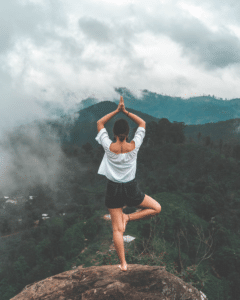
The short answer to this question is: Yes! Yoga for anxiety is practiced worldwide to combat issues such as Generalized Anxiety Disorder. Let us unveil the science behind the question: Does Yoga help with anxiety?
Anxiety is the body’s natural response to stressful situations. However, if you suffer from anxiety all the time, it means that your body is in a constant state of fight, flight, or freeze. These three responses happen to be the primordial responses in dangerous situations. These responses have kept the human race alive. Ironically, these responses have become the reason for anxiety disorder today. This is because your body will always palpitate and be stressed.
Yoga for anxiety is known to bring calmness to the mind. Regular practice of Yoga also improves the Parasympathetic Nervous System of the body. This means your body’s natural ability to rest and digest. On the other hand, the Sympathetic Nervous System is responsible for fight, flight, or freeze responses. By strengthening the Parasympathetic Nervous System, the body’s functions are aligned to boost your overall health.
So, if you were wondering does yoga help with anxiety, we are optimistic that you are now beginning to understand Yoga’s role in calming your nerves. Yoga for anxiety can relieve you of all unwanted stress. The following section will discuss the second most common question, i.e., why does Yoga help with anxiety? Read on to find out more about the benefits of this ancient practice.
Why Does Yoga Help with Anxiety?
We have understood the answer to the question: Does Yoga help with anxiety? But now you must be wondering why does yoga help with anxiety.
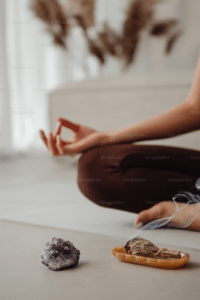
1. Yoga Stimulates the Central Nervous System
In simple (and Gen-Z) terms, the central nervous system is the body’s boss. It also positively stimulates the Parasympathetic Nervous System of the body. Yoga also helps the body to stay calm in stressful situations. This way, Yoga will help mitigate the body’s sympathetic nervous system. In other words, Yoga can help in stressful situations where fight, flight, or freeze is the body’s natural response.
2. Yoga Connects the Mind and Body
Yoga incorporates specific breathing techniques that help connect the mind and the body. It improves memory, focus, and concentration. It also increases mindfulness, which is a known factor in combating anxiety and stress.
3. Yoga Promotes Relaxation
The Yoga asanas (poses) and the pranayamas (breathing techniques) work in relaxing an individual’s mind and body. Yoga holistically improves the quality of life by bringing the individual to a relaxed state of mind. Regularly practicing Yoga allows an individual to stay in a calm and serene state of mind even in stressful everyday situations.
How Does Yoga Help With Anxiety?
It does not matter whether you practice Hatha Yoga, Vinyasa flow, or Yin-Yang Yoga. The prime objective of Yoga is to help you get grounded, increase your heart rate, and make you calm, and mindful. Here are a few Yoga poses you can introduce in your daily routine when practicing Yoga for anxiety. These poses are great for establishing a connection between your mind and body. At the same time, these poses also strengthen the body’s various muscle groups.
1. Cat Pose or Marjaryasana
This pose is excellent for relieving the tension in your spine that people with anxiety and a sedentary lifestyle often face. Start this pose with a tabletop position. Inhale, and curve your spine, and touch your chin to your chest. At the same time, curl your crotch towards the floor. This pose is practiced with the Cow Pose or Bitilasana.
2. Cow Pose or Bitilasana
This pose is excellent for those with a stiff back. It is as simple as the Cat Pose. From the cat pose, exhale, and curve your spine again in the opposite direction of the Cat Pose. Drop your navel towards the floor. At the same time, push your crown and your hips towards the ceiling.
3. Forward Bend or Paschimottanasana
This pose is excellent for stretching your glutes and your hamstrings. Start this pose by sitting with your legs in front of you. Inhale and slowly bend down while exhaling. Your hands should be stretched outwards. Try to touch your crown to your knees while holding your feet.
4. Upward Facing Dog Pose or Urdhva Mukha Svanasana
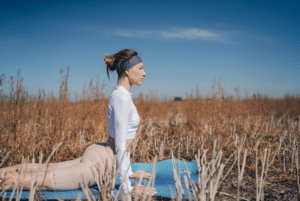
This pose opens up the chest and strengthens the spine and arms. Start this pose by lying down on your belly. Keep your palms on the beside your shoulders. Slowly lift your upper body until the navel. Stretch your neck muscles by tilting your head backward. Take deep breaths and stay in this pose for as long as you are comfortable.
5. Downward Facing Dog Pose or Parvatasana
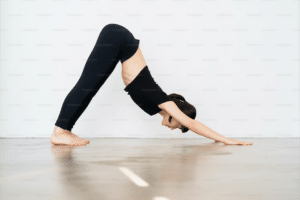
This pose is excellent for establishing harmony between mind and body. Start this pose with a tabletop position. Keep your feet and hands on your mat, and push your hips toward the ceiling. Stay in this position and take deep breaths.
6. Cross-Legged Seated Pose or Sukhasana
This pose is often practiced during meditation and deep breathing exercises. Start by sitting in a cross-legged position. Keep your spine straight. Close your eyes and take deep breaths. You can also practice guided meditation during this pose.
7. Corpse Pose or Savasana
The corpse pose is the final pose in every Yoga flow. It focuses on relaxing the body. Lie flat on your back with your palms facing upwards. Focus on taking deep breaths while relaxing every part of your body.
FAQs- Does Yoga Help With Anxiety?
Yes, regular Yoga practice, along with meditation and Pranayama, can help with anxiety and have a significant impact on your overall mental and physical health.
1. How does Yoga help with anxiety?
Yoga helps with anxiety by alleviating the stress hormones of the body. Yoga also releases feel-good hormones that make you feel relaxed after each Yoga session.
2. Who can practice Yoga?
Anyone can practice Yoga. However, if you have any medical conditions that restrict mobility, are pregnant, or are below the age of 16, it is best to practice under the guidance of a certified Yoga instructor.
3. For how long should I practice Yoga?
If you are a beginner, you can practice Yoga for 10 minutes and work up to an hour. You can include various poses and breathing techniques to see results. Remember to listen to your body and don’t push yourself too much.
Conclusion
By now, we are sure you are convinced of the benefits of Yoga. We are optimistic that you are no longer wondering how does yoga help with anxiety. Yoga is an ancient practice that helps connect the mind, body, and soul. It also promotes harmony with nature. Yoga for anxiety is beneficial in calming the brain, increasing mindfulness, and regulating the body’s Central Nervous System. You can practice Yoga poses regularly to attain your physical and mental health goals.
Yoga practiced regularly, especially under professionals can have multiple benefits in the short and long term. Along with yoga therapies, we at Relevance Recovery offer holistic, integrative, multidisciplinary treatment for various substance abuse & mental diseases.


